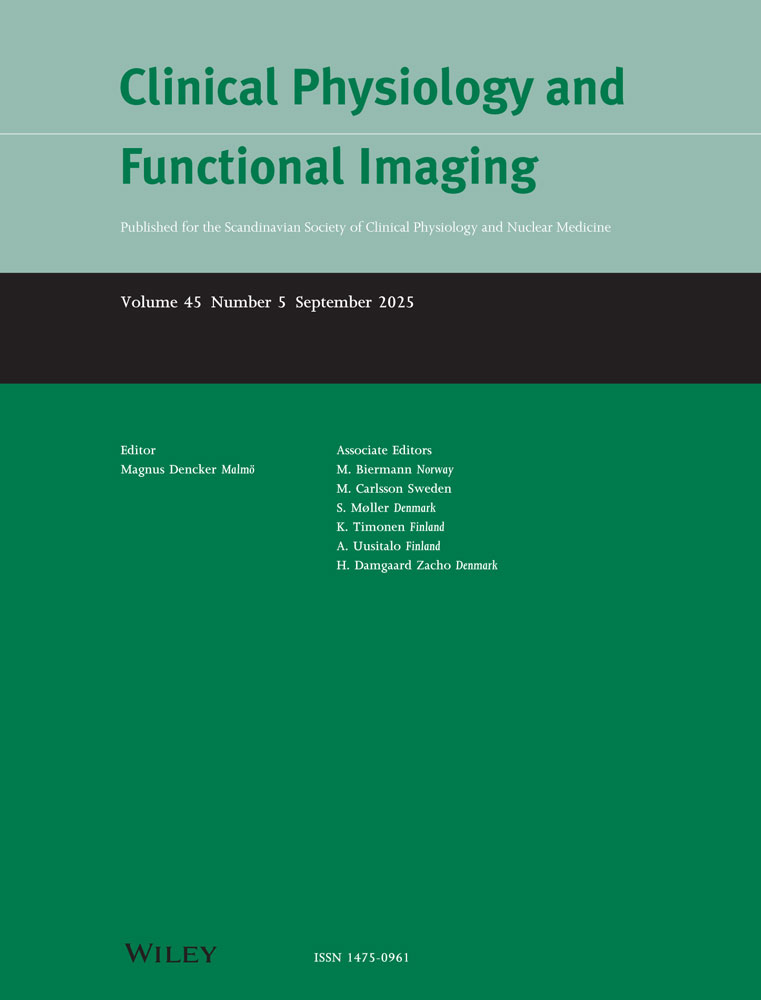Amplitude variation in static-charge-sensitive bed signal increased in obstructive airways disease
Abstract
The relationship between oesophageal pressure variation and amplitude variation in the static-charge-sensitive bed (SCSB) ballistocardiogram suggests that changes in intrathoracic pressure can be detected using the SCSB method. We investigated whether amplitude variation in the static-charge-sensitive bed ballistocardiogram (SAV) is related to severity of airway obstruction in patients with asthma and chronic obstructive pulmonary disease. The ability of SAV to detect an increase in airway obstruction induced by histamine challenge was also tested. Twenty-six patients suffering from asthma and 12 patients with chronic obstructive pulmonary disease (COPD) were enrolled in the study. SAV, amplitude from the SCSB ballistocardiogram, respiratory amplitude from the SCSB respiratory wave form and heart rate from the electrocardiogram (ECG) were computed using analysing software (Biorec, Helsinki, Finland) during a 7-min supine rest. SAV was related to forced expiratory volume in one second (FEV1) immediately after signal recording. Asthma patients participated in a standardized histamine challenge test to reveal the effect of acute bronchoconstriction on SAV. An inverse relationship existed between baseline FEV1 and SAV in asthma and COPD. In the histamine inhalation test, FEV1 fell by 0·7 ± 0·3 l or 26% ± 11% (P<0·0001) and SAV increased by 12% ± 5% (P<0·0001) in 12 asthma patients. The fall in FEV1 induced by histamine followed regularly and correlated significantly with the rise in SAV (n = 24, r = −0·58, P = 0·002). Changes in respiratory amplitude or heart rate did not explain changes in SAV. SAV may not separate the upper airway obstruction from the bronchial obstruction but it is related to severity of airway obstruction. The clinically significant increase in airway obstruction induced by histamine inhalation increases amplitude variation in SCSB.




